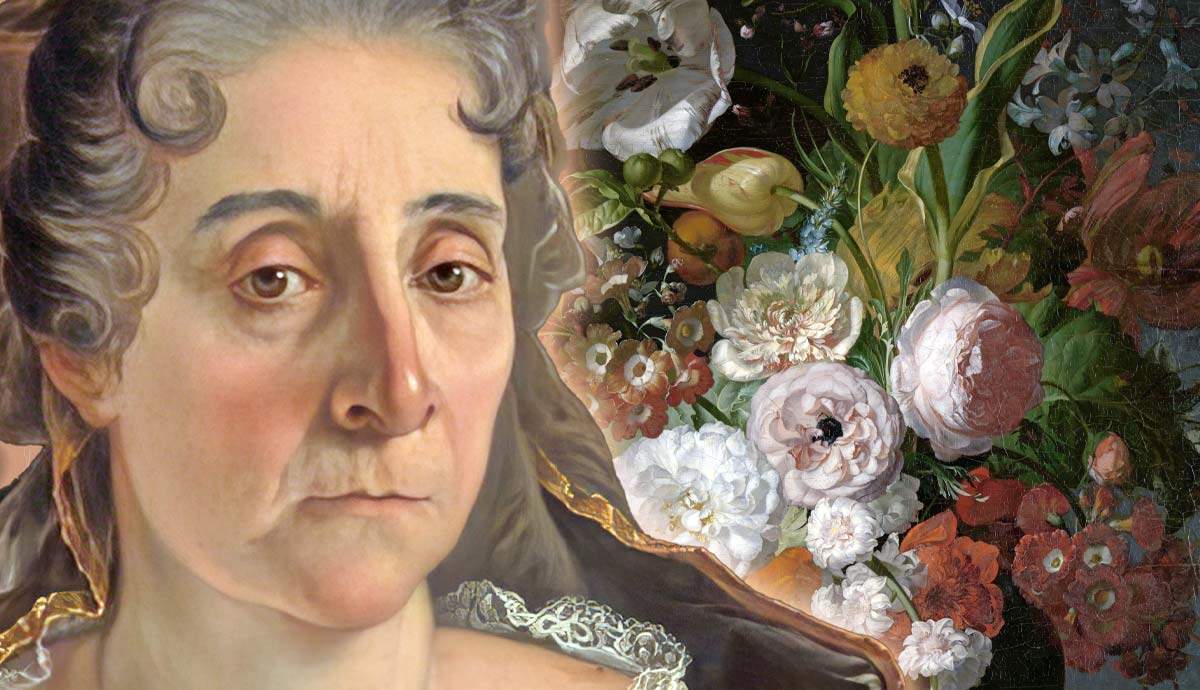Rachel Ruysch’s Blossoming Career: A Blend of Art and Science

Rachel Ruysch, born into an illustrious family in 1664, excelled as a preeminent flower painter of the early 18th century, rivaling contemporaries such as Jan van Huysum. Her artistic journey, influenced heavily by her familial ties to both the art world and scientific community, allowed her to combine meticulous botanical accuracy with artistic flair, captivating both art lovers and botany experts. This synthesis of disciplines underpinned her acclaim and propelled her professional advancement in an era dominated by her male counterparts.
Artistic Roots and Influences: The Ruysch Family’s Impact

Embedded in a family where artistry and science confluenced, Rachel inherited a rich legacy from both her parents. Her father, Frederik Ruysch, a renowned botanist and anatomist, and her mother, Maria Post, from a family of celebrated artists, provided a fertile environment for her artistic nurture. Growing up on Amsterdam’s Flower Canal, amidst intellectuals and creatives, Rachel’s home was a hub of inspiration and learning, fueling her aspirations and honing her skills in depicting the natural world with unparalleled precision and beauty.

Pioneering Pathways in Female Artistry

Choosing to pursue painting—a field more accessible to women of her time—Rachel and her sister Anna were tutored by the distinguished Willem van Aelst. Under his mentorship, Rachel’s artistry flourished, particularly in still life, a genre that offered women like her a respected creative outlet. Her works, known for their refined elegance and detailed compositions, not only set high standards for still life painting but also challenged and expanded the roles of women in the arts during the Dutch Golden Age.
Additional Insightful Content for the Reader
Rachel Ruysch’s legacy continues to resonate, highlighting her significant role in a transformative period for female artists. Her ability to seamlessly integrate scientific detail with artistic creativity not only elevated the still life genre but also paved the way for women to be recognized as masters in their craft. Today, her enduring influence is evident as her works continue to attract admiration for their intricate beauty and historical importance, ensuring her place not just as a skilled artist but as a pioneer who broadened the horizons for future generations of women in art.
